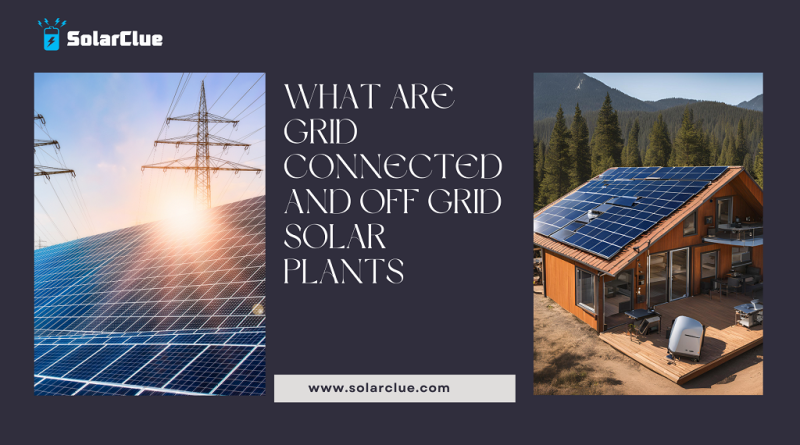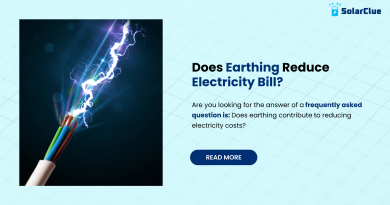What Are Grid Connected And Off Grid Solar Plants
Table of Contents
Introduction
In the recent years, solar energy is gaining popularity around the globe as a vital alternative to conventional energy sources. It has been identified as the most available, affordable and clean form of energy obtained from the sun. Due to technological advancements, this incredible source of energy is harnessed using solar plants, which come in two formats – grid connected and off grid. To most people, these two types of solar power plants may seem similar; however, they have distinct differences that make each better suited for certain situations. This article seeks to explain what grid connected and off grid solar plants are, focusing on their differences, benefits, and the appropriate situations for their application.
Grid Connected Solar Power Plants
A grid connected solar power plant, also known as grid-tied solar power plant, is interconnected with the local utility grid. It works in such a way that the power generated by the plant is directly transported to the grid. These types of setups are increasingly popular in urban areas where the grid is readily available.
The electricity produced by the grid connected system during daytime can be used concurrently or fed into the grid. Through a process known as net metering, a meter is used to record the energy produced and any excess provided back to the grid. At night or during low light periods, electricity from the grid is available to supplement the demand of the consumer, giving a continuous and stable power supply.
Some of the benefits of grid connected solar plants include reduced setup costs, the ability to sell excess power back to the grid, and having access to a continuous power supply even on cloudy days or during the night. However, grid-connected solar plants do come with their downfalls such as their dependence on the grid. If there are grid failures, this system would be unable to function properly.
Off Grid Solar Power Plants
On the other hand, an off grid solar power plant, also referred to as a standalone power system, operates independently from the grid. This system generates and stores its own electricity, making it highly suitable for remote areas where the grid may not be accessible or for people looking to be completely independent from the grid for their energy needs.
In an off-grid solar system, power is generated by solar panels and stored in a battery bank for later use. A charge controller controls the rate at which the batteries are charged to prevent overcharging, and a power inverter changes the direct current (DC) from the solar panels and batteries to alternating current (AC) for household use.
The benefits of an off-grid system include the freedom from reliance on grid availability and grid electricity rates. It also promotes self-sustainability and is highly beneficial in remote locations. However, the initial setup cost for an off-grid solar power plant is typically higher because of the need for a large battery bank to store electricity for use when solar power is unavailable.
Conclusion
In conclusion, solar power plants, both grid connected and off grid, play a vital role in harnessing the unlimited supply of solar energy. The choice between the two depends on an individual’s needs, lifestyle, and geographical location. A grid-connected system is ideal for urban settings and for those looking to offset their energy costs with solar technology while still staying connected to the grid. On the other hand, an off-grid system is perfect for remote locations or for those who wish to be totally independent from the traditional power grid. Either selection contributes to the growth of renewable energy use, the reduction of carbon footprint, and energy costs savings over time.


